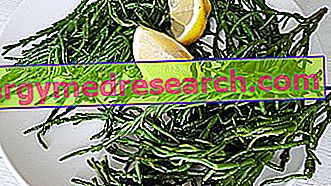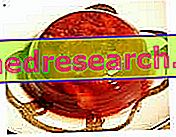Generalities and Causes
Capillary fragility is a widespread problem, especially in the female population. The causes of origin can be numerous, benign or pathological. Genetic predispositions, nutritional deficiencies (in particular vitamin C and avitaminosis P), temporary hormonal alterations (pregnancy, premenstrual phase) and incorrect behavioral habits (excessive sun exposure, physical inactivity, overweight / obesity and stress) often coexist.

Symptoms
Capillary fragility manifests itself with the appearance of more or less extensive point hemorrhagic spots (petechiae, ecchymoses and hematomas), especially on the face and legs. This picture, when particularly evident, denotes a condition called purpura, in which hemorrhagic manifestations tend to arise spontaneously or after minor trauma.
Treatment
Excluding pathological and iatrogenic causes, capillary fragility is mainly treated with dietary and behavioral interventions.
Very popular are, for their effectiveness, food and dietetic products based on berries (raspberry, blueberry, blackberry, currant and gooseberry), cherries, purple plums and vitamin C, to which they are often added - for their antioxidant effects - grape juice and citrus fruits, green tea and the like.
Also in the nutritional field, supplementation with omega-3 essential fatty acids is sometimes suggested and, dusting off popular medicine books, a diet particularly rich in citrus fruits (in particular concentrated lemon juice).
Pharmacological treatment
In the pharmacy there are medicines available containing some active ingredients of a vegetable or vegetable derivation, useful in the treatment of capillary fragility. Classic examples are vitamin C (ascorbic acid), escin (derived from the seeds of the horse-chestnut), rutin or rutoside and hexididin (bioflavonoids particularly represented in citrus fruits - hesperidin - and in buckwheat - rutoside - which have synergistic action with vitamin C, improve the health of collagen and, consequently, that of the capillaries, increase the elasticity of the venous wall and the reabsorption of edema, making it useful also in the prevention of cardiovascular diseases, thanks to the antihypertensive, anti-inflammatory and cholesterol lowering).
Phytotherapy

Cosmetics
Read the discussion: Strengthen the Microcirculation: Prevention and Natural Remedies »
Video - Natural Remedies
Watch the video
X Watch the video on youtube



